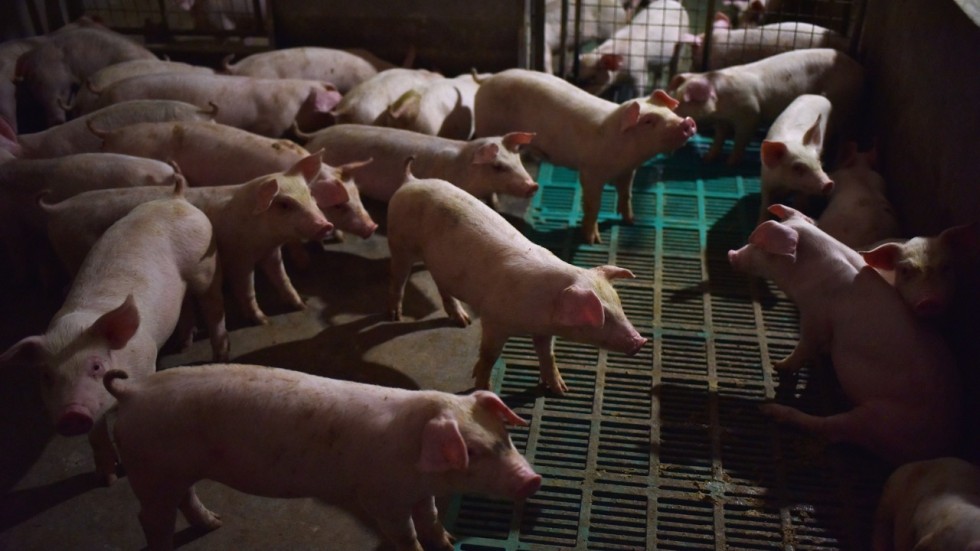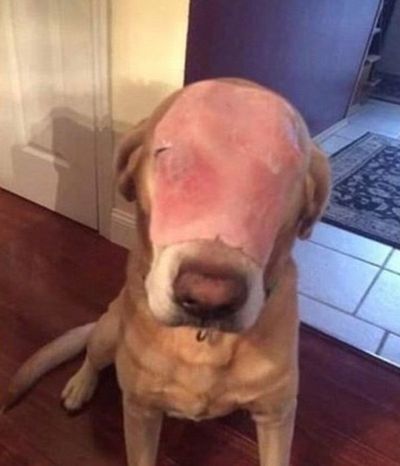
African swine fever has infected 185 pigs on a farm in eastern China’s Anhui province, the country’s fifth case of the deadly disease in less than a month amid growing concerns about the rapid spread of infection in the world’s largest hog herd.
The outbreak killed 80 of 459 hogs on a farm in Nanling county in Wuhu city, with the remaining 379 culled, the Ministry of Agriculture and Rural Affairs said on Thursday. The farm is 350km (217 miles) directly west of Shanghai.
Transport of hogs and related products has been banned in the affected area, according to a notice on the ministry’s website.
There have now been cases in five Chinese provinces with more than 25,000 pigs culled, highlighting the challenge of containing the highly contagious disease.
The number of infected and culled pigs is low compared with hundreds of thousands in Romania, which is battling to control an outbreak.
“But the widespread nature of the reported cases continues to cause concern, as no mechanism of transmission has been reported,” said the Swine Health Information Centre, a US research body.
With the exception of the first of the five outbreaks – 1,700km north of Wuhu, in Shenyang, the capital of northeastern Liaoning province – the cases have been discovered in an area with a 300km radius in the eastern part of the country.
Anhui, the 10th largest pork producer, is surrounded by Jiangsu, Henan and Zhejiang, where other outbreaks have been detected. Wuhu is 600km north of the previous reported case, in Wenzhou, Zhejiang.
China’s agriculture ministry said on Wednesday it could not rule out the possibility of new outbreaks.
Its rapid spread may be caused by transporting pig products, rather than live pigs, the United Nations’ Food and Agriculture Organisation said earlier this week.
Chinese authorities have been calling for farmers and veterinary surgeons to register cases as soon as possible to keep control of infection rates.
US Agriculture Secretary Sonny Perdue said on Thursday the outbreak is probably bigger than has been reported publicly.
The disease is transmitted by ticks and direct contact between animals, and can also travel via contaminated food, animal feed and people moving from one place to another. There is no vaccine, but it is not harmful to humans.













